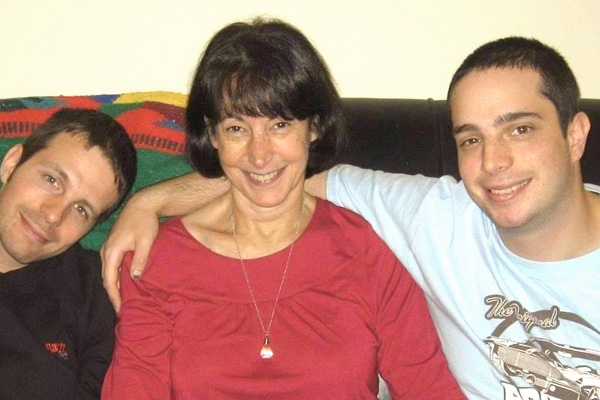Mad in America –
June 23, 2020 – During group therapy, we often filled out questionnaires, but there was rarely any discussion of our responses. Often, the questions focused on how to avoid the pitfalls that could lead to a relapse into addiction, which served little purpose for patients suffering from depression or suicide attempts. Art therapy was also offered. Again, there was never any discussion of what we were doing, why we were doing it, or what our artwork might reveal about us. The “therapy” usually involved coloring on worksheets. “Music therapy” consisted of listening to CDs while sitting around a table.
One-on-one therapy would have been far more effective, as it could have been tailored to individual needs. Given the patients’ wide array of problems, it doesn’t seem possible that there could be a one-size-fits-all therapeutic approach. When I discussed this with the social worker in charge of recreational therapy, she told me she agreed but pointed out that there was no budget for more individualized programs. She added that the limited budget didn’t allow for patients with different conditions and different needs to be separated into different facilities or wards. At least I had an answer; most of my questions about hospital conditions or treatments had been met with some variation of “If you question or resist, your stay in the hospital will be longer.”



